The F015 Luxury in Motion concept is Mercedes-Benz’s vision for an autonomous car at the luxury end of the market, an Mercedes-Benz S-Class of the future that will have chauffeurs feeling nervous about long-term employment prospects.
It is a concept car in the truest sense and a radical design that embraces and exploits new technology in its powertrain, construction and, most importantly, the interior design and layout to rethink how we’ll use a car when we’re not concerning ourselves with driving it.
Indeed, as Mercedes boss Dieter Zetsche himself said at the F015’s unveiling earlier this year: “Anyone who focuses solely on the technology has not yet grasped how autonomous driving will change our society. The car is growing beyond its role as a mere means of transport and will ultimately become a mobile living space.”
To give an idea of its size, the F015 is slightly shorter than a long-wheelbase S-Class, but is a fair bit wider and also a touch taller. But the most radical difference is in the proportions; the F015 is a vast, streamlined monobox design instead of the three-box silhouette of an S-Class, all designed to maximise space in an interior that is all about being lounge-like rather than a cocooning driver’s car.
The F015 can be such a shape as there is no conventional engine in the bonnet, so the overhangs are ultra-short and the front and rear windscreens upright, allowing the bulk of the car’s footprint to be taken up with cabin space thanks to the 3610mm-long wheelbase, which is some 445mm longer than that of an Mercedes-Benz S-Class LWB.
It’s only really recognisable as a Mercedes-Benz from the outside by the shape of the front grille and the three-pointed star in the middle of it, again living up to its out-there concept car brief. But the most interesting part of this car is not as a purveyor of some future exterior design language, but that interior.
The theory of autonomous driving is all about giving time back to the driver. So this concept, as the S-Class of tomorrow, aims to show just what can be possible at the top end of a market of autonomous cars, where that time you get back from not driving really is treated as a luxury.
Enter the cabin for the first time and you’re struck by just how Mercedes has managed to so radically change something that’s usually so familiar, in terms of layout, materials and the absence of the usual ‘hard points’. It’s like one of those rooms they erect in IKEA with a clever, Tardis-like and minimalist use of space.
The four-door F015 does without conventional B-pillars, so access to the luxurious cabin is via a pair conventional front and a pair of rear-hinged doors.

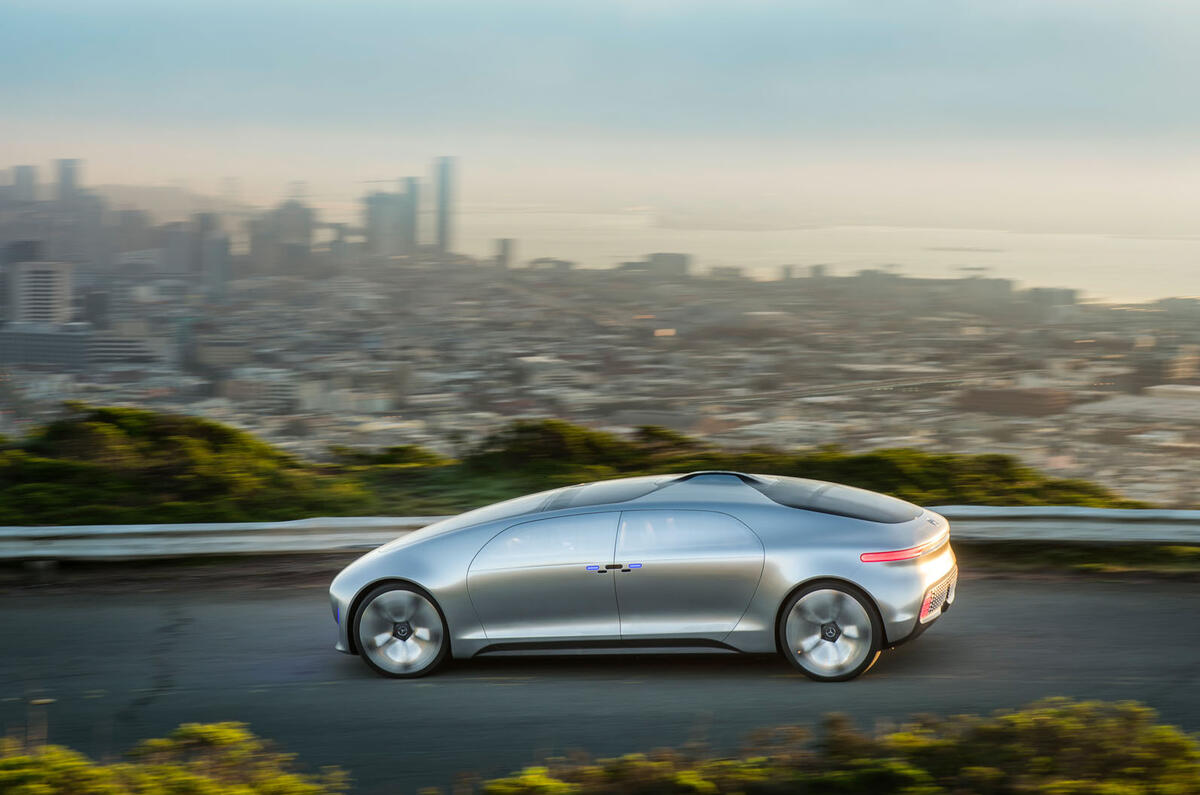
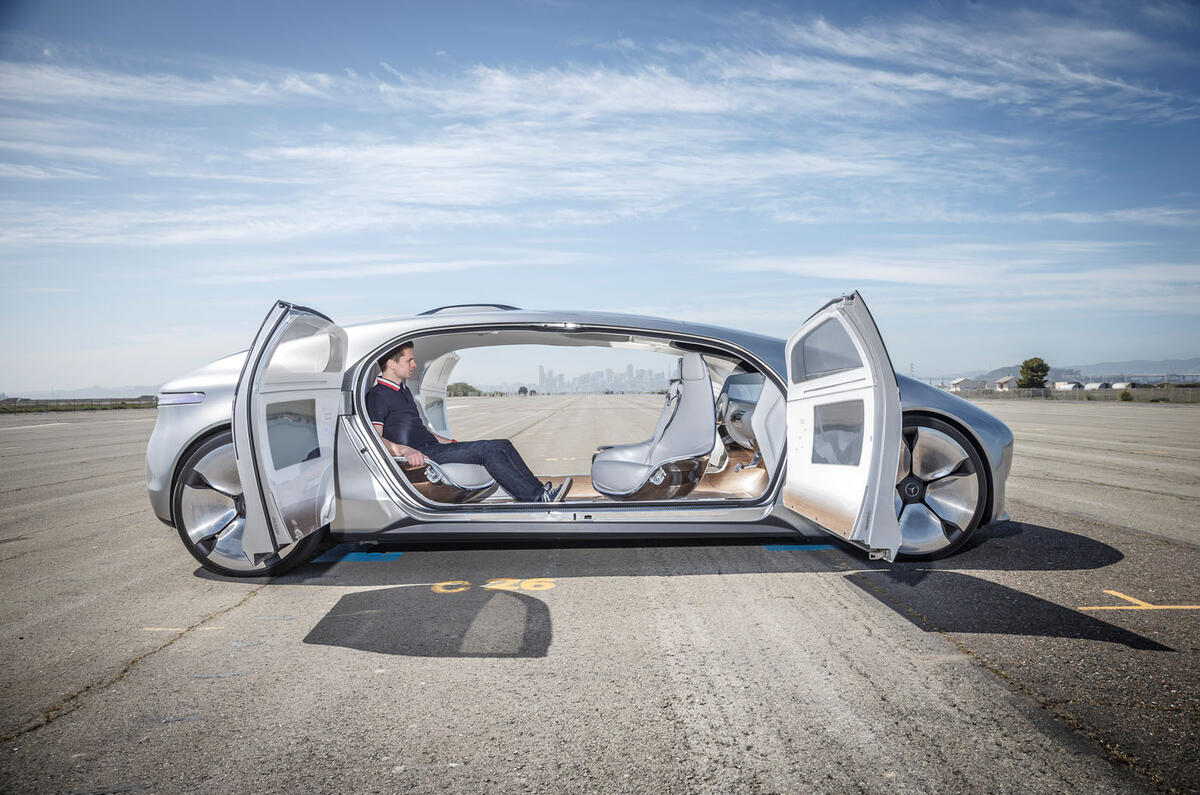
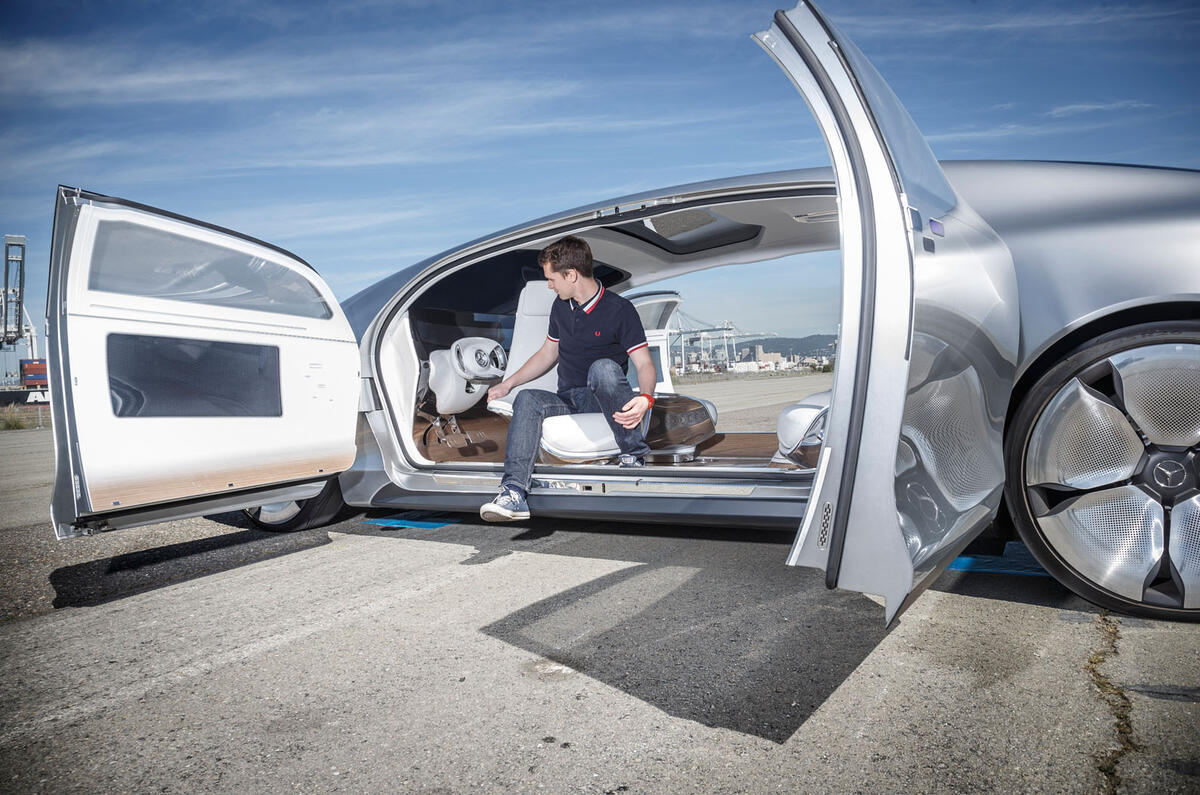
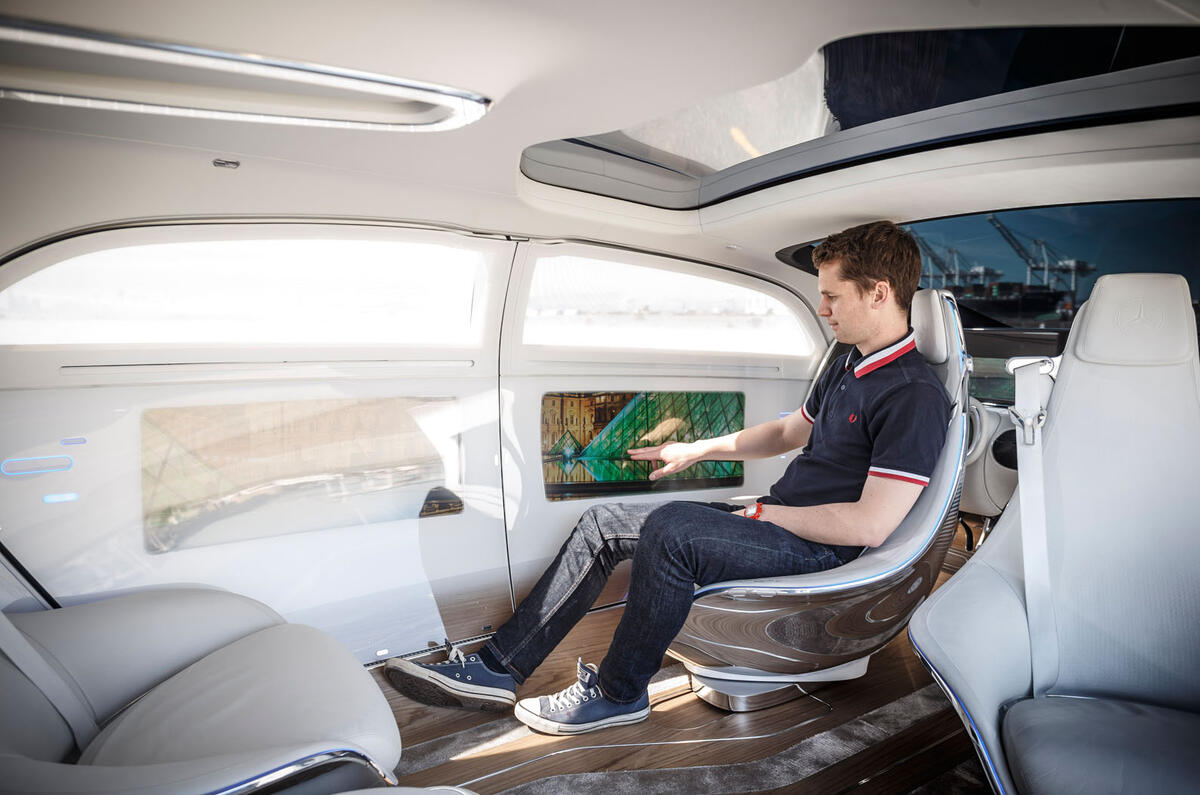
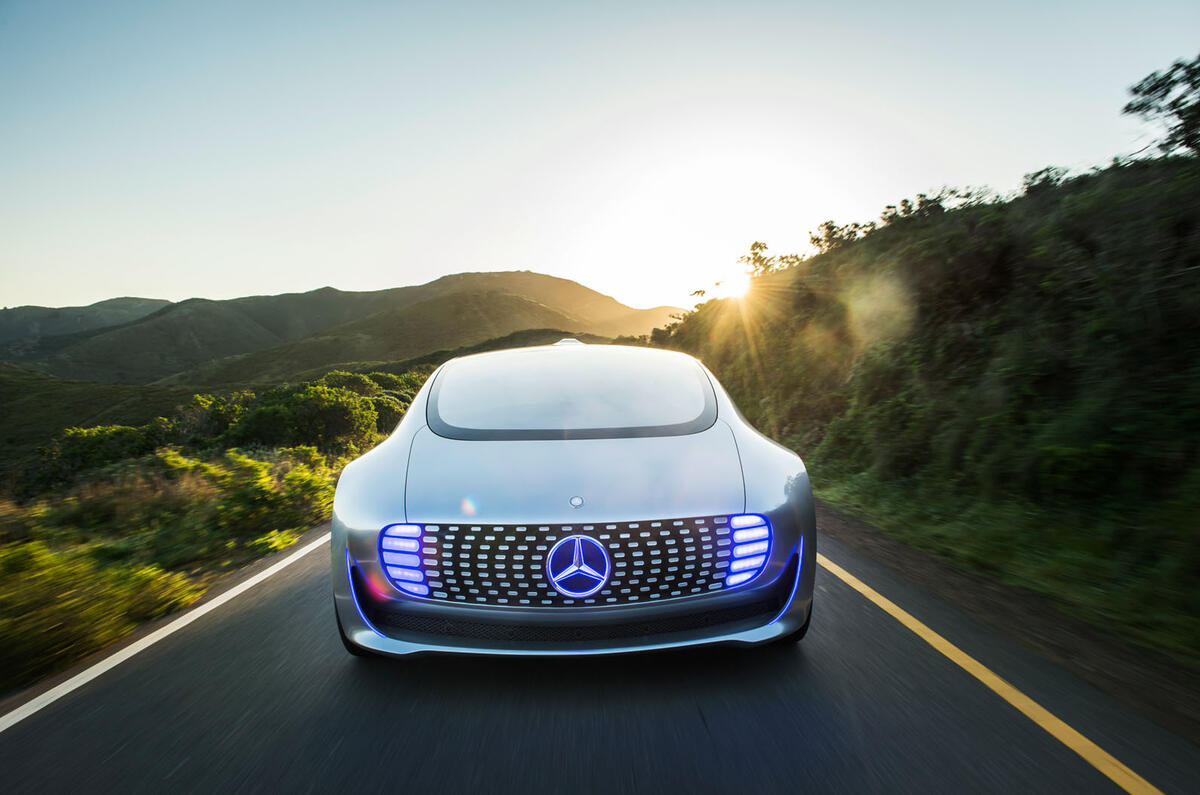
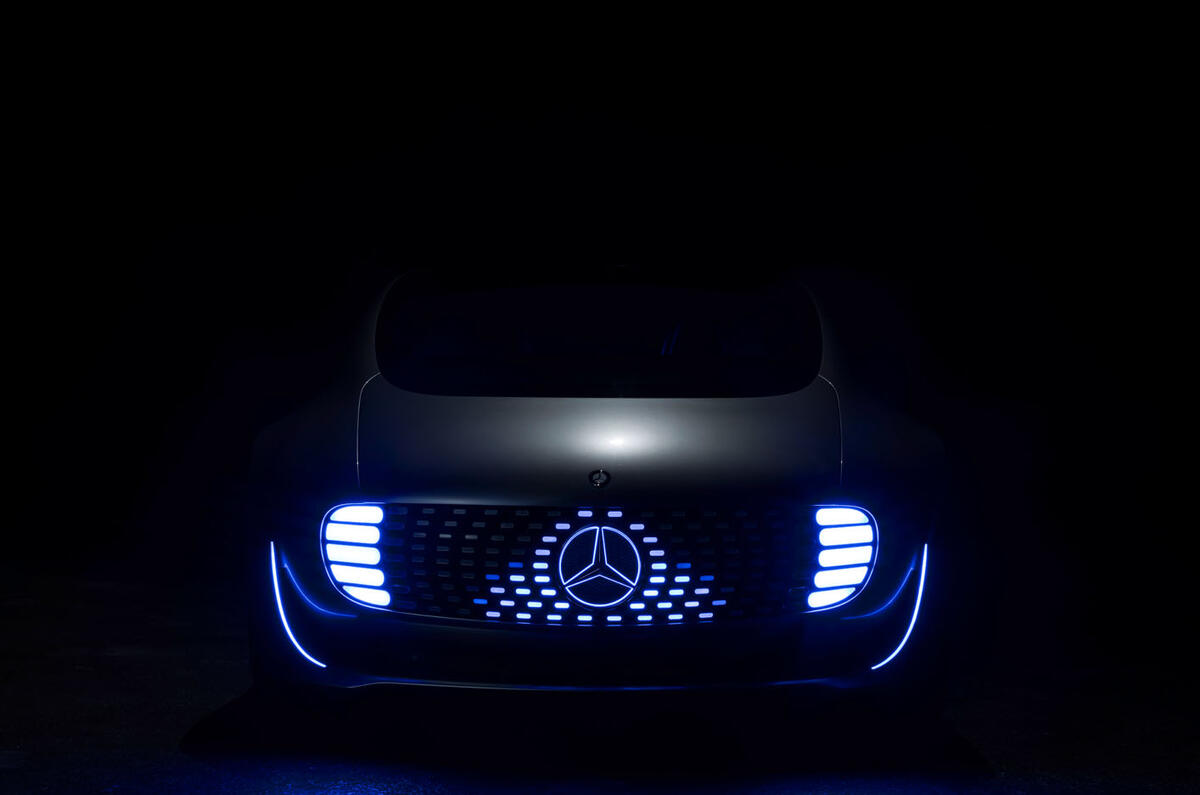
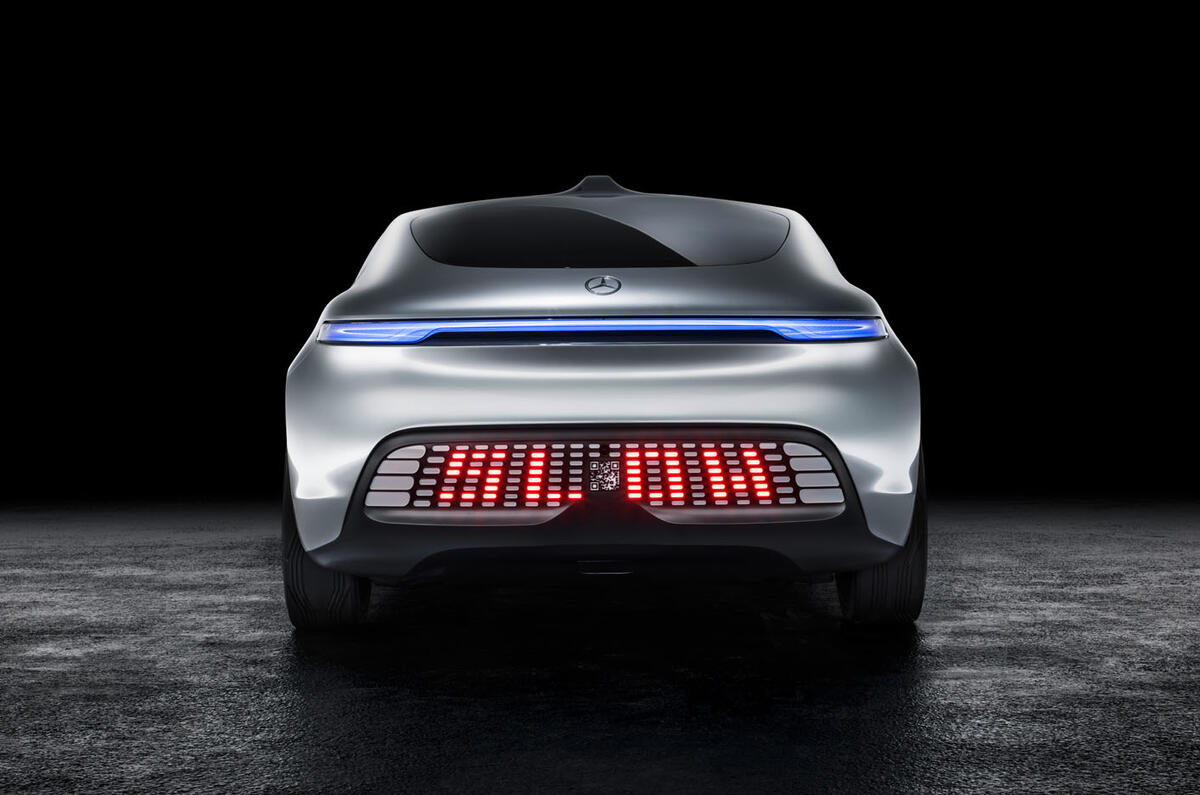
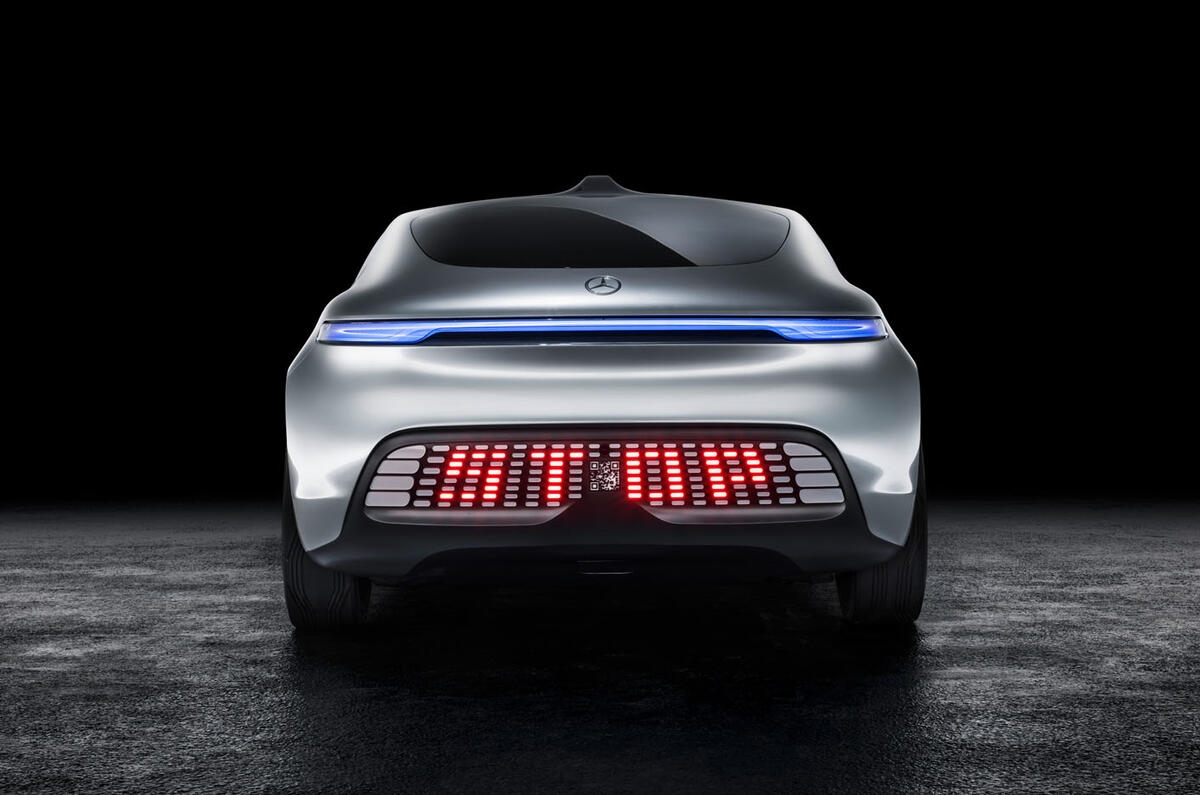

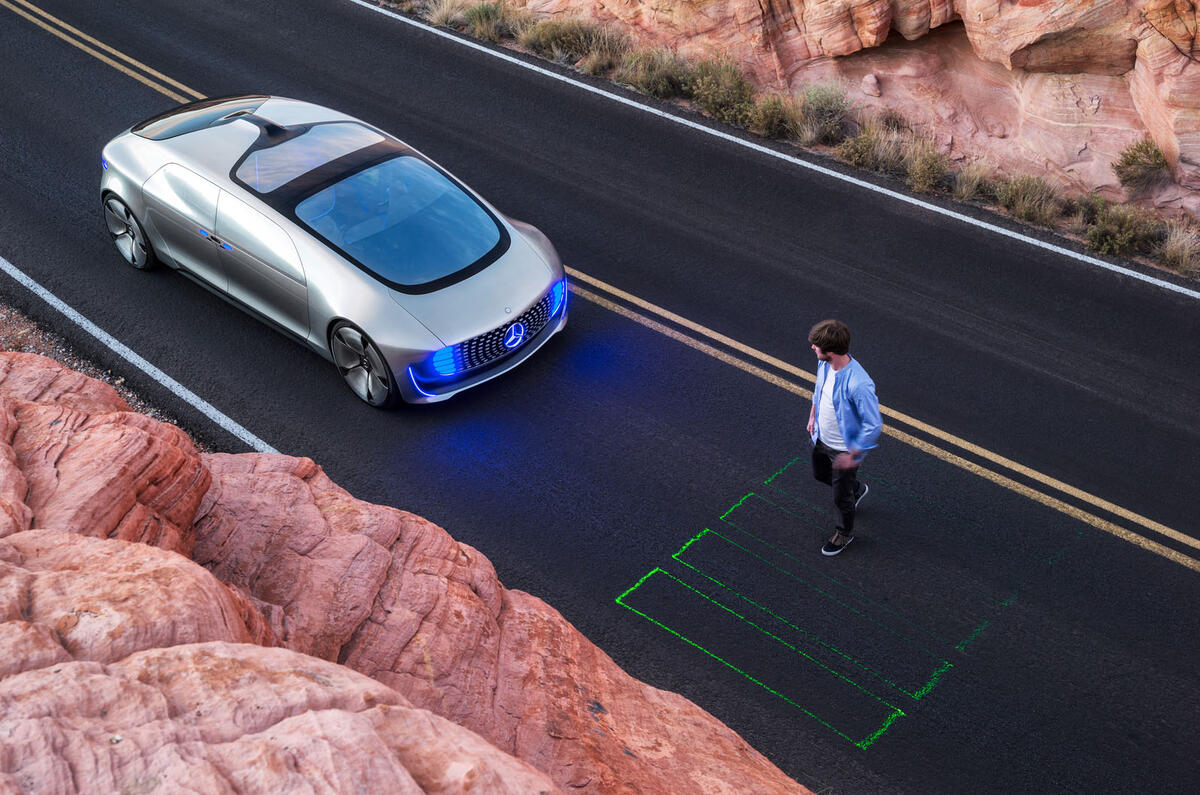
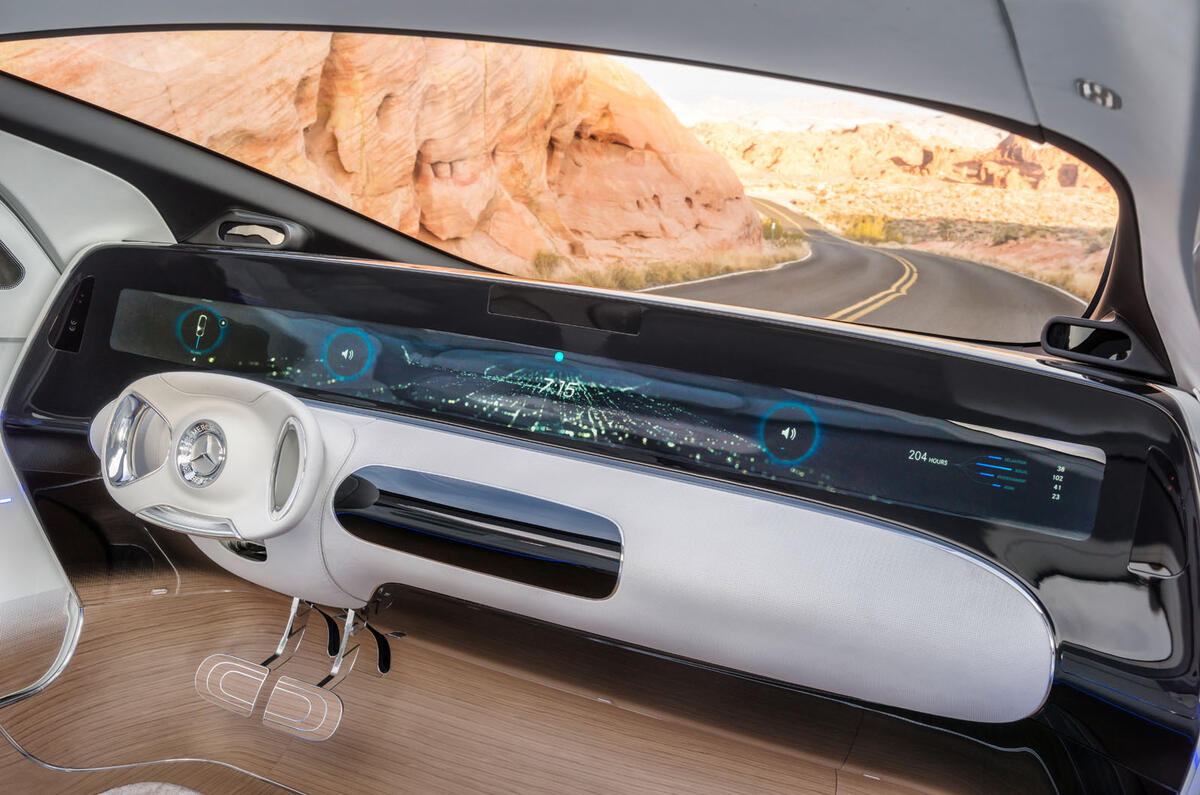
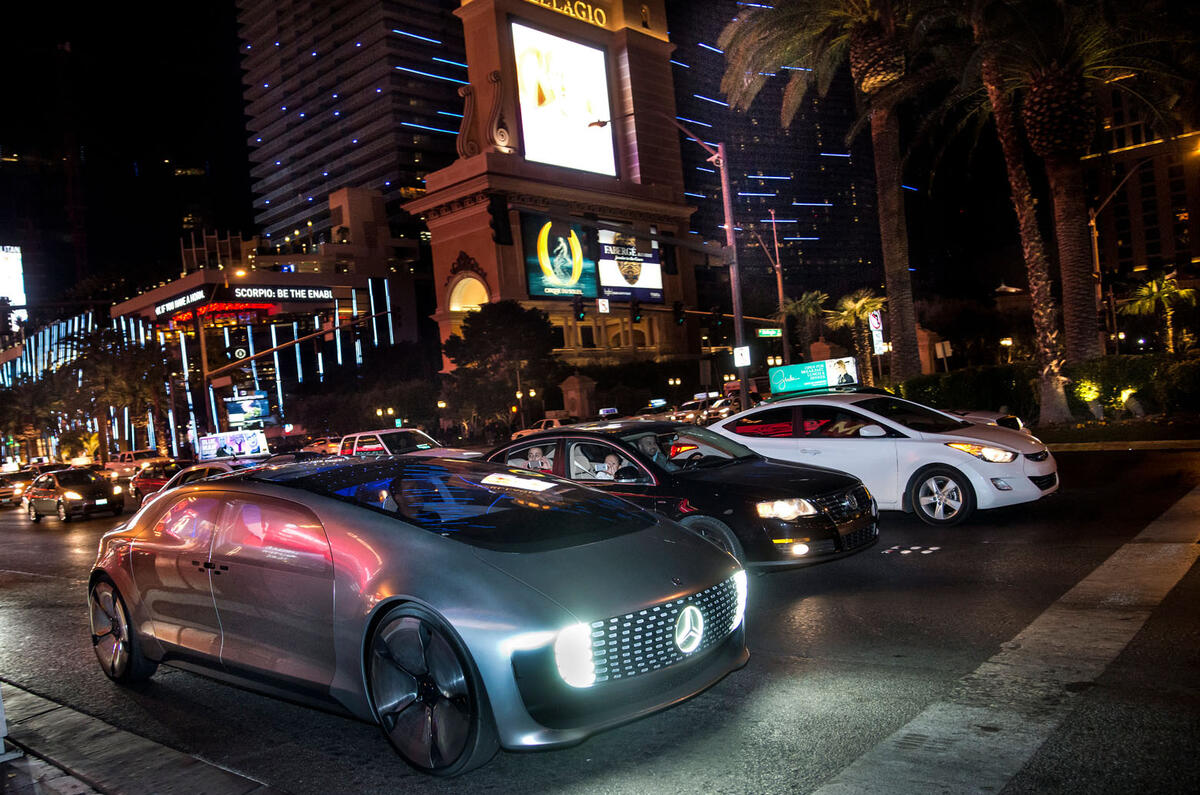


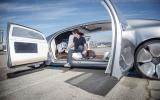
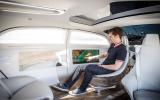
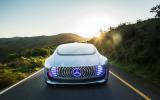
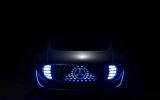
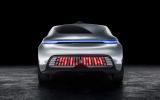
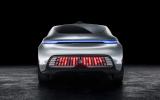

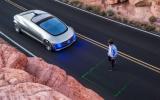
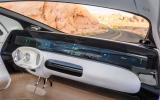
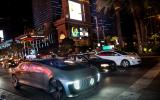






Join the debate
Add your comment
Where do I put my canoe?
These self-driving cars, autonomous vehicles, are going to be suggested, then shoved down our throats. They are a totalitarian government's dream for control over us, our freedom of movement.
They will only go where they are told or allowed to go.
In the future, after insurance companies price the deplorables out of the market for having their own vehicle that they drive, it will become a social status to be able to drive your own vehicle.
I will fight this until I die. Look at how the government controls so much of our lives now!
You think this thing can just go for a ramble down a old logging road for a look-see?
See the future, with invisible bars all around you as you drive only to the destinations you are allowed by the authorities.
OJOV-V
A-pillar
Range is Everything
Bucharest to Salisbury is a trip of 1659 miles for my usual route. Non stop in this Mercedes F105 would be a comfortable 27 hours - arriving relatively refreshed - rather than washed out for 24 hs.
Interesting that the power
topsecret456987 wrote
I thought that was excessively high myself, and likely to be because it was human drivable.
I'd expect a purely driverless with 40% weight saving to be down around 50bhp. If you're being driven you don't need the fast acceleration, with rear facing seats you may not even want it.